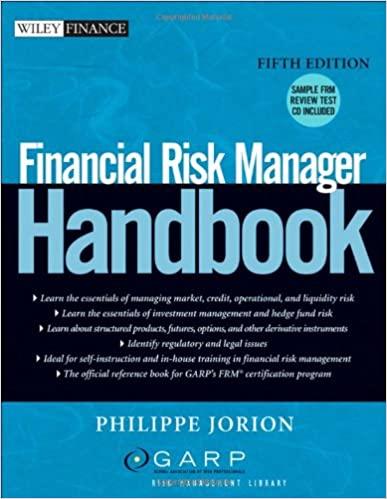Answered step by step
Verified Expert Solution
Question
1 Approved Answer
Exercise 3 Let us assume that the government realizes a lump - sum transfer to consumers, which is financed by printing money, issuing debt and
Exercise Let us assume that the government realizes a lumpsum transfer to consumers, which is financed by printing money, issuing debt and raising proportional taxes on labour and capital income at the same rate and consumption. Assume now that private agents have a unit of time as endowment every period. Part of that unit is used to work while the rest is used up as leisure The production function is: and the utility function: and The government has an inflation target.
a Write the optimization problems faced by the representative consumer and by the firm. Derive and interpret the first order conditions for each of those optimization problems. Which set of equations defines the competitive equilibrium? Which variables are determined in competitive equilibrium?
b Show that the equilibrium levels of consumption, real balances, employment, output and the stock of capital in the economy in the previous paragraph are the same as those obtained if the consumer is assumed to face the budget constraint:
c Suppose that the government chooses the tax rates on consumption and income, as well as the level of government debt and the rate of inflation. Show that the steadystate of the model can be solved for recursively. Find analytical expressions to determine steadystate levels for all variables in the economy. Is the inflation target neutral? Which is the inflation rate maximizing welfare in steadystate? Is that the same as the rate of inflation maximizing seigniorage revenues? Check that the answer to these two questions does not depend on the value of
d Assume and compute the welfare cost in steadystate for different values of the rate of inflation. Is the increase in welfare cost proportional to the increase in inflation? Check that these results do not depend on the value of
e Change the tax rate on consumption and compute the welfare cost in steadystate for different values of the rate of inflation. Is the increase in welfare cost proportional to the increase in inflation? Check that these results do not depend on the value of Compare these results with those obtained in paragraph d Does the welfare cost of inflation depend on the value of the consumption tax rate?
f Change the value of the income tax rate and compute the welfare cost in steadystate for different values of the rate of inflation. Is the increase in welfare cost proportional to the increase in inflation? Check that these results do not depend
on the value of Compare these results with those obtained in paragraph d Does the welfare cost of inflation depend on the value of the income tax rate?

Step by Step Solution
There are 3 Steps involved in it
Step: 1

Get Instant Access to Expert-Tailored Solutions
See step-by-step solutions with expert insights and AI powered tools for academic success
Step: 2

Step: 3

Ace Your Homework with AI
Get the answers you need in no time with our AI-driven, step-by-step assistance
Get Started


